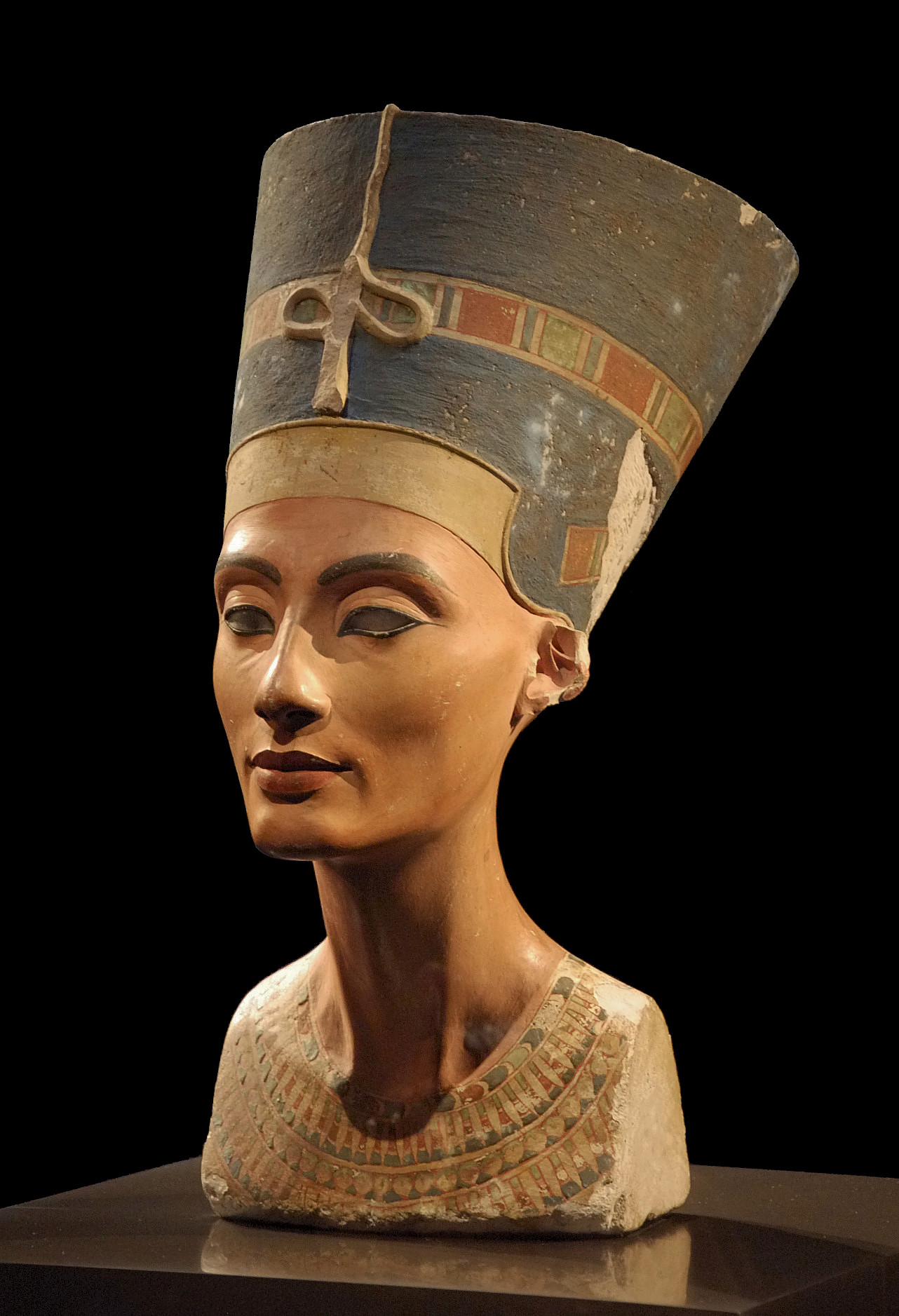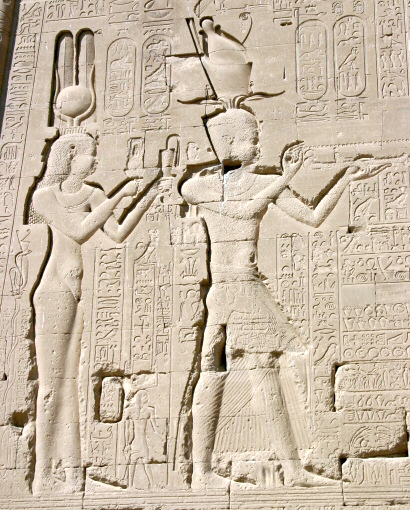My friend K Dee recently put together a photostream of portraits of women to “help me remember, in case I ever start to forget, which sort of female image I find reflects a healthy civil society, and which I do not.” I’m not sure I’d call the collapsing Roman empire a ‘healthy civil society’ but Zenobia is certainly one of its heroines.
In the third century AD, the Roman Empire was coming unglued. Emperors were assassinated, a Persian revolt couldn’t be put down, generals were locked in power struggles, and the frontiers were open to attack. The governor of the eastern provinces chose to deploy his legions to defend his territory rather than fight with other Romans.
In the usual manner, he too was murdered. His son, Vaballathus, was named rex consul imperator dux Romanorum and corrector totius orientis of the new Palmyrene Empire. That was a mouthful for a child who was barely walking, so the real power behind the throne was his mother Zenobia.
Zenobia was the daughter of a governor of Palmyra. While she claimed she was a descendent of the Ptolomies and Dido, Queen of Carthage, she was more likely a Romanized Syrian with some Egyptian and North African ancestry. She was well-educated and fluent in Greek, Aramaic, Egyptian and Latin. And of course—because she is a queen of legend—she was beautiful. It is probably true that she rode, hunted, fought, and drank like her male officers, or she could not have commanded them in the field.
Who knows how long the Romans might have ignored her had she contented herself with governing Syria and its surrounds? But by 269, Zenobia was on the move. She conquered Egypt and beheaded its Roman prefect. She proclaimed herself Queen of Egypt.
 |
|
From that to the absurd: the Duchess of Devonshire dressed as Zenobia for her own Jubilee Costume Ball in 1897. Playing dress-up Zenobia has been popular forever, it seems.
|
Her victory was short-lived. By 273, Rome had reestablished enough equilibrium to challenge Zenobia. The Emperor Auralian arrived in Syria and crushed Zenobia’s army near Antioch. Zenobia and her son were captured along the Euphrades as they fled by camel.
Aurelian took Zenobia and Vaballathus as hostages to Rome, parading Zenobia in golden chains during his Triumph. Nobody knows whether Zenobia was executed or pardoned, for she disappeared from history at this point. Legend says she was married off and lived to bear several daughters.
Let me know if you’re interested in painting with me in Maine in 2014 or Rochester at any time. Click here for more information on my Maine workshops!







